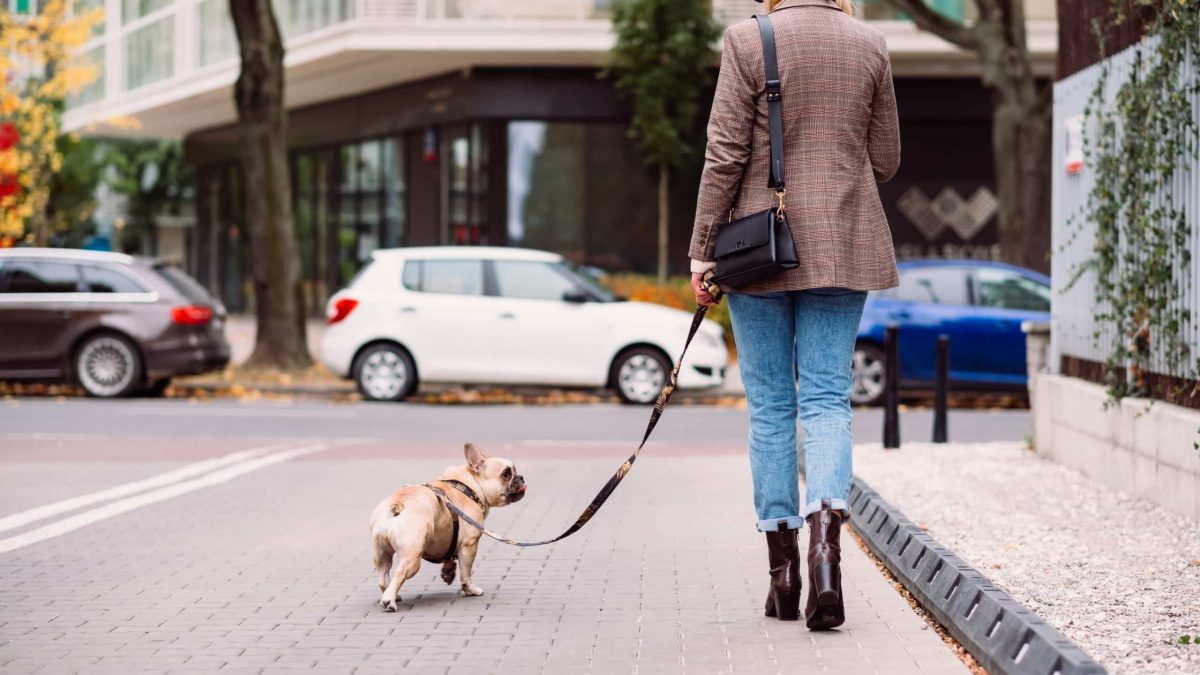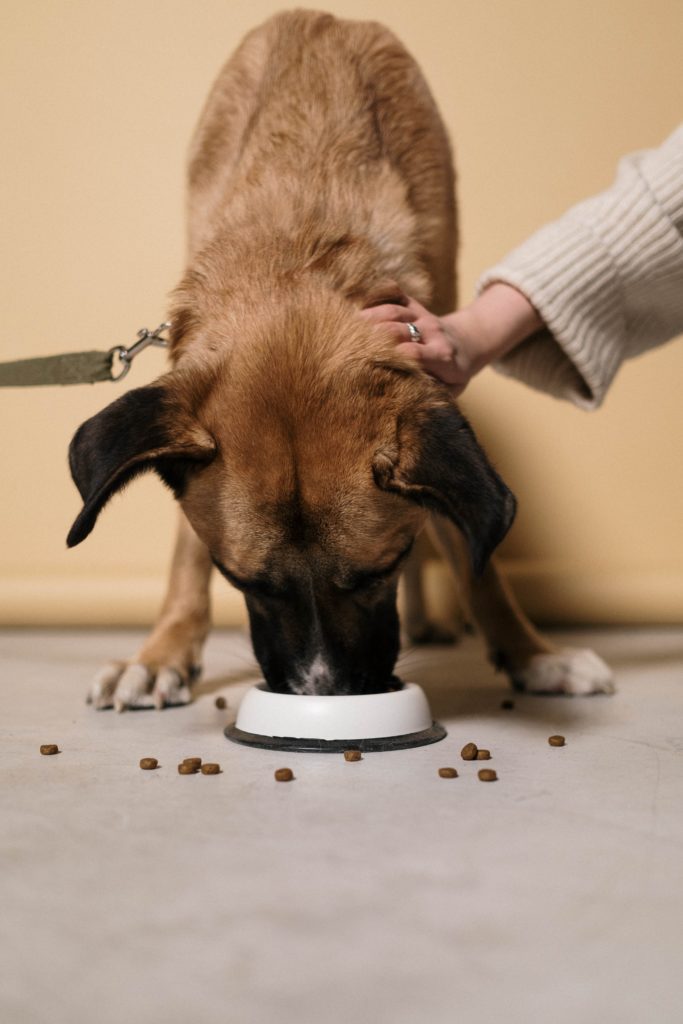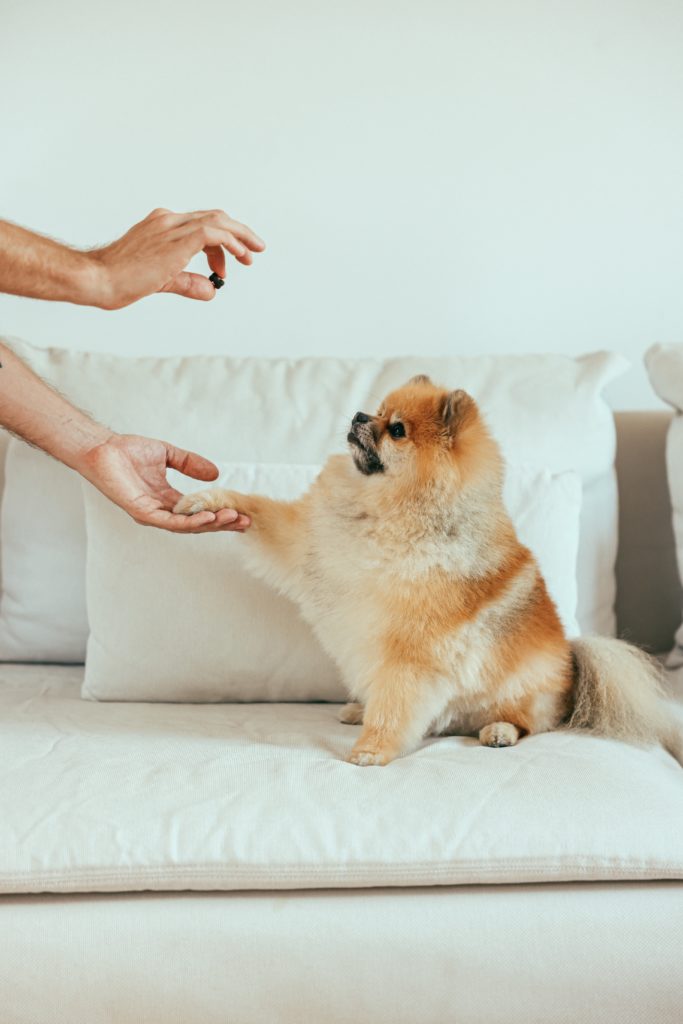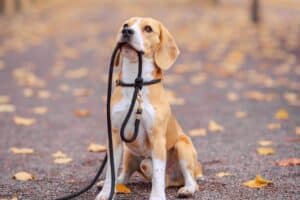Fostering a dog takes patience and compassion. Providing a temporary home gives a rescue dog a better chance of finding a forever family.
Helping a dog in exchange for puppy kisses and cuddle puddles? Of course, that’s an easy decision!
Welcoming a foster dog into your home can be equally exciting and nerve-wracking if you don’t know what to expect. No need to worry, we’ve got tips to help you and your foster dog through a smooth transition!
Is Fostering a Dog Right For You?
Before fostering a rescue dog, you have to know if you’re ready for the journey! Every dog is different. It’s best to let go of any rigid expectations.
Not all dogs will have manners or know the rules of living in a house. Some dogs fear their own shadow or shutdown entirely, but you have to be understanding of a rescue dog’s individual needs during the process.
Want to know if you’re ready? Here are a few questions you should ask yourself:
What are my expectations?
Many foster dogs have been through trauma. Living on the street or being abandoned is a traumatic experience that chips away at a dog’s confidence. Every dog decompresses at their own pace and may find a new environment overwhelming.
You may witness a foster dog go through many first experiences while in your care! Seeing a small child or stepping onto carpet for the first time could feel strange for a foster dog. Expecting a foster dog to know how to behave is a tall order.
Is my house and heart ready for fostering a dog?
Everyone in the house has to be on board with the responsibility of a new four-legged guest. Consistency is important in a foster dog’s routine.You’re giving a foster dog a comfortable place to stay while teaching them how to live among humans and possibly other furry family members. If your current four-legged family members have no problem making animal friends, then you have one less thing to worry about when fostering a dog.
Dog lovers have big hearts, but being emotionally prepared to say goodbye to a foster dog is a difficult and necessary part of the process. Letting go of a foster dog you have bonded with can leave your heart sore, but keep in mind that fostering a dog is a vital step in their journey to find a forever family!
Do I have the time?
The time needed for fostering a dog differs from shelter to shelter and the rescue dog’s needs. Some dogs are too young to be adopted, recovering from surgery, or injured.Fostering a dog can last anywhere from a few weeks to a few months. Some shelters have year-long programs which allow you to foster a different dog throughout the year.
Depending on the foster dog’s needs, they may need more of your undivided attention and help to do regular activities. The shelter provides your new furry friend with the supplies they need or will reimburse you for items purchased while fostering your dog.
Fostering a dog is a serious commitment. Some foster dogs may have behavioral problems and will need help learning better habits. Whether a foster dog is a puppy that needs bottle-feeding or a high-energy breed that needs frequent walks, you will have to be ready to provide each dog with the attention they need.
This list of questions from Petfinder can help you find out if you’re ready to foster!
The First 24 Hours of Fostering a Dog
You’ve got your precious and possibly nervous new foster dog, now what? First, be patient and compassionate. Don’t be surprised if your rescue dog is fearful of humans or overwhelmed during this transition.
Your foster dog needs to understand they can trust you and earning their trust takes time. Some of this transitional phase may be inconvenient, but worth the challenge for the sake of your foster dog’s progress. Fostering a dog requires structure. This will help you and the foster dog have a smooth transition.
Here are a few key things that will help create structure and stability for you and your foster dog:
- Mentally prepare yourself for things going wrong. This will help you have more patience and navigate through frustrating situations when fostering a dog. There will be mistakes and messes.
Your foster dog’s safety and success are the top priority. Not all their habits are permanent, so give them time to settle in. Remember to cut yourself and your foster dog some slack!
- Decide where your foster dog’s personal area will be and where your pup will stay when you’re gone. Have a planned area where they eat and know they’re allowed to go potty.
- Take it slow. Everything will come in time. Take your foster dog’s pace. Creating a space where your foster pup feels safe will curb destructive and anxious behaviors.
- Your foster dog is still learning the rules. Structure and staying consistent are imperative to your dog’s development. While you’re home, always supervise your foster dog. Trust and structure come first.
- During the first 72 hours of fostering your dog, keep them on a leash even indoors. Introduce your foster dog to each part of the house, one room at a time. The leash will keep your pup and everyone else safe.
- While fostering a dog, it’s important to keep them blocked off from no-go zones like a baby nursery. Don’t let your foster dog roam until they learn boundaries.
Fostering a dog is a matter of patience and consistency and will set your dog up for success. Once they get their boundaries and basic rules down pat, you can help address other problem behaviors or have more time for fun.
Responsibilities of Fostering a Dog
In most situations, shelters foster out dogs that need extra attention or are too stressed out by the shelter environment. The shelter will match the first-time foster with a low-maintenance foster dog that matches a foster home’s lifestyle.
Fostering a dog will help the shelter learn more about a dog’s personality and behaviors. Learning more about a dog will help match them with the right family. Along with giving a foster dog a safe place to stay, it’s a doggie foster parent’s job to socialize a foster dog, transport them to adoption events and obedience training/classes, and take them to any vet appointments.
Enjoy the Journey with Your New Friend!
Fostering a dog helps free up space at a shelter, gives a dog a better chance at being adopted, and gives you an excuse to give more love to a four-legged friend! Remember to take pictures and celebrate your foster dog’s progress. Fostering a dog can be challenging, but watching a dog learn how to trust humans and find their forever home is worth it.
Give your dog a reward they deserve and order a Peanut Butter Bundle! It includes our CBD-infused peanut butter and any crunchy or soft-baked treats. Save 10% when you sign up for our newsletter on our website and get free shipping on orders over $40. For the biggest savings, check out our Bundles and our No-Fee Subscription Service to save up to 30%!









